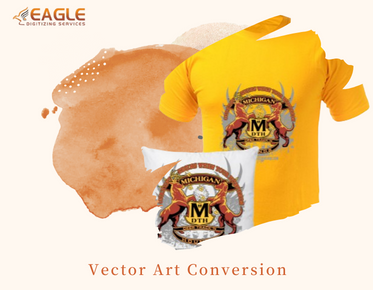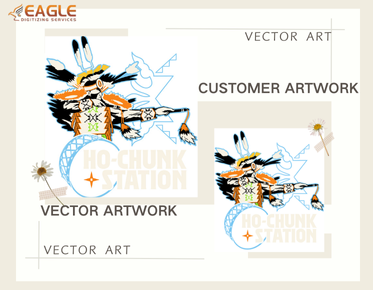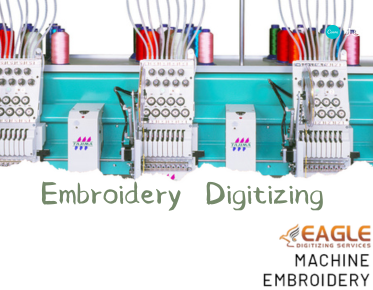10 Pro Vector Art Tips to Become an Expert Vector Artist
Vector art is a powerful medium that allows artists to create scalable and flexible artwork. For those aspiring to become expert vector artists, mastering the nuances of this art form is essential. Whether you are just starting out or have some experience, here are ten pro tips to help you elevate your vector art skills to the next level.
1. Understand the Basics of Vector Graphics
Before diving into complex designs, grasp the fundamental concepts of vector art. Unlike raster graphics, vector graphics are created using mathematical equations, which makes them infinitely scalable without losing quality. Programs like Adobe Illustrator and CorelDRAW are prime examples of vector graphic software.
It's crucial to know how to create basic shapes—such as lines, circles, and polygons—and manipulate them to form more complicated images. Understanding vector paths and how to use Bezier curves will also be valuable as you progress.
2. Master Your Software Tools
Every artist should be well-versed in the vector art software they use. Whether it’s Illustrator, CorelDRAW, or another application, familiarize yourself with the shortcuts, tools, and features that can help streamline your workflow. Invest the time in learning the advanced tools and functions available in your software, as this knowledge will significantly impact your efficiency and creativity.
3. Pay Attention to Detail
Vector art is all about precision. Pay close attention to the details of your artwork. Small nuances can make a world of difference in the outcome of your design. Consider factors like alignment, proportion, and symmetry. Remember, vector art allows for detailed edits and refinement, so take advantage of this flexibility.
4. Use Layer Management
Just like in raster design, using layers effectively can greatly enhance your vector art projects. Organizing your work into layers allows for easier adjustments and alterations. Create separate layers for different elements of your artwork. This practice will also help when applying effects and changes selectively. Layer management also aids in efficient file organization and manipulation.
5. Explore Different Techniques
Don't be afraid to experiment with various vector techniques. From simple flat designs to more intricate 3D effects, each style has something unique to offer. Exploring techniques like gradient mesh, pattern fills, and clipping masks can add depth and realism to your vector illustrations. Enhance your images with textures and shadows to provide more visual interest.
6. Incorporate Text and Typography
Typography is a crucial aspect of design, and vector art allows for high levels of precision with text. Use typography creatively to convey powerful visual messages. Experiment with different fonts, and remember the importance of legibility. Focus on the emotional impact that text can have within your design, and don’t hesitate to customize fonts to better fit your vision.
7. Practice Raster to Vector Conversion
One essential skill in vector art is being able to convert raster images into vector formats. This skill is crucial whether you're working on logos, illustrations, or graphic designs. Vector conversion services provide insights into the best practices for creating clean vector traces from raster images. Mastering this skill will allow you to utilize existing assets and adapt them for new designs effortlessly.
8. Stay Inspired and Keep Learning
Inspiration can come from any place. Stay motivated by engaging with art communities and exploring art from different cultures and styles. Keeping a fresh flow of inspiration helps to foster creativity and get new ideas. Regularly update your skills and knowledge in vector art by taking online classes and tutorials or joining professional forums.
9. Seek Feedback from Other Artists
Getting feedback can provide valuable insights and help improve the quality of your work. Engage with communities of vector artists, collaborate, and participate in critiques. This interaction can introduce you to new techniques and tools that others are using. Also, learning about different perspectives can spark new creative solutions.
10. Utilize Professional Vector Art Services
If you are in need of high-quality vector conversions or want to enhance your designs, consider utilizing professional services like Eagle Digitizing. They offer vector art services that include a wide array of options, such as raster to vector conversion, vector tracing, and even custom vector logos. Their expertise and quick turnaround can help streamline your projects and assure high quality results.
Technical skills, creativity, and perseverance can define your journey as a vector artist. By consistently applying these tips and pushing the envelope, you can not only improve but thrive in the realm of vector art. As you progress, consider how the future of vector graphics might evolve with technology advancements and digital artistry. Continuously seek ways to innovate and make your mark in this expansive field.



